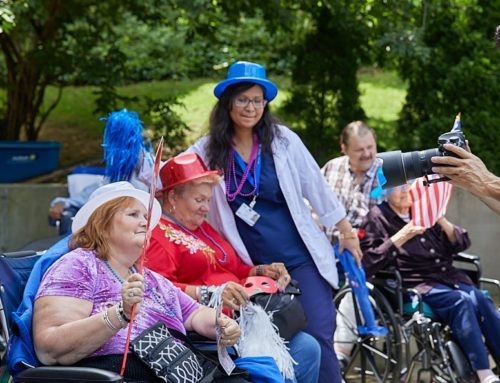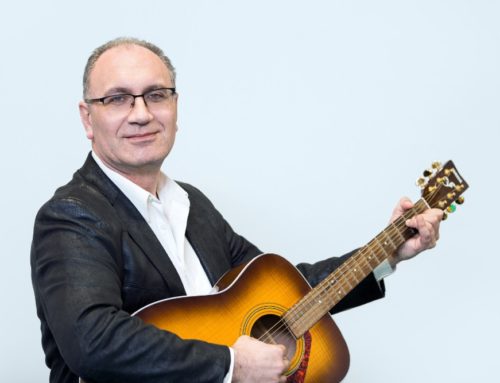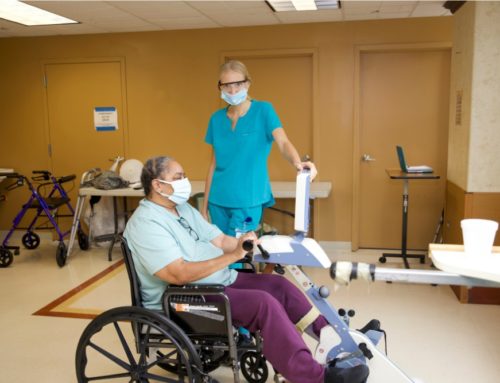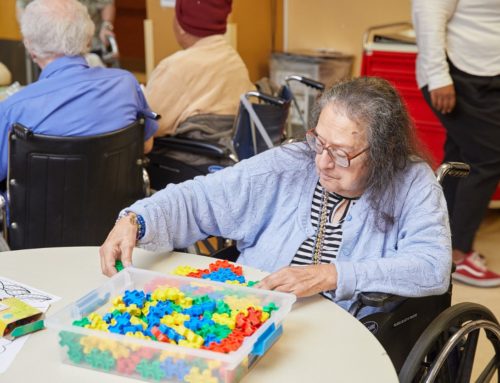The Best Rehab Therapy for Someone with Parkinson’s
Parkinson’s disease is one of the most common degenerative brain disorders. It has no known cause and currently has no cure, though treatment options are available. Rehab therapy for Parkinson’s is designed to manage the symptoms and slow the progression of the disease.
There are three rehab therapies your doctor may recommend, depending on your symptoms. These include physical, occupational, and speech therapies, each of which helps with specific issues you may encounter with Parkinson’s disease. The following information covers what these therapies offer and how they can benefit those with Parkinson’s.

Rehab Therapy for Parkinson’s
The symptoms of Parkinson’s disease can vary in type and severity, affecting each individual differently. Regardless of the issues you’re dealing with, rehab therapies can help you manage the condition. These therapies are tailored to meet your specific needs and goals. Let’s take a closer look at each of the therapy options for Parkinson’s.
Physical therapy
Parkinson’s is known as a “motor” disease, so it affects many of your movements. Not only does it disrupt how you move, but it also alters your ability to do so at your usual pace. Many individuals suffer from tremors, balance issues, and rigidity or stiffness in their muscles and joints.
Those with Parkinson’s require rehab therapy to help delay, reduce, or manage these issues. Physical therapy is the best option for such problems, using training and exercise to improve or maintain your current symptoms. It can also slow the progression of new symptoms in some people, preventing the disease from advancing too rapidly.
Physical therapy includes exercise routines designed to improve mobility and increase strength. It helps with walking, moving about your home, or managing stairs. This rehab therapy also helps with gait freezing, making it easier to begin movements and preventing the glued-to-the-floor feeling.
Physical therapy has other benefits for those with Parkinson’s as well. It helps with balance, stability, and posture. Fall prevention and pain management are also essential parts of physical therapy. Therapists offer education and address any concerns or fears you may have about the condition.
Occupational therapy
Like physical therapy, occupational therapy uses exercises to manage Parkinson’s symptoms, though it focuses on specific skills. Some signs of Parkinson’s disease include the loss of automatic movements, writing changes, and difficulty performing daily tasks.
As a rehab therapy for Parkinson’s, occupational therapy helps an individual retrain the mind and body to perform such activities. It involves hand and finger exercises, walking, rising from a chair, and getting in and out of bed. Re-learning how to feed yourself, brush your teeth, and comb your hair are also part of the treatment. Even activities you enjoy, like cooking, gardening, or playing games are included in the therapy.
Speech and swallowing rehab therapy
Speech changes can occur in those with Parkinson’s, including volume control, hoarseness, faster speech rate, or a lack of inflection. Such issues can make communication difficult. Swallowing problems may also occur, including saliva accumulation, drooling, and chewing or choking concerns. Speech therapy is the rehab required for Parkinson’s patients to address and improve these symptoms.
This article is for educational and informational purpose only and does not substitute for professional medical advice. For any questions about your own health condition, speak to a qualified physician or healthcare provider.







Leave A Comment